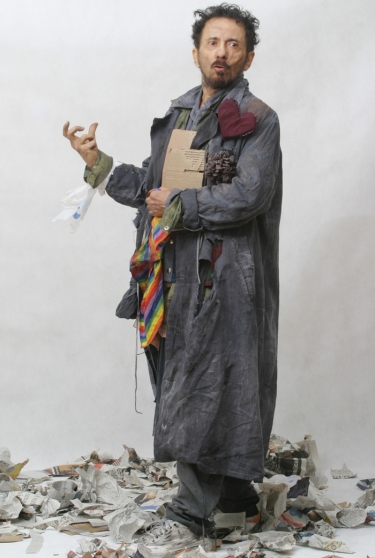
FULL-TEXT AVAILABLE IN PRINT EDITION ONLY The romantic Brazil—the one that ensnares tourists—does not include the Brazilian Northeast. Miles from Rio de Janeiro, this place is worlds removed from the urban sophisticates that dwell in the south.
To Brazilians and northerners alike, the Northeast has its own mythology. Its interior, the sertão, is a land where crops are hard-wrought, but caatinga, a thorny brush so sharp that ranchers must wear leather garments to protect their skin, is ubiquitous; where blood feuds rage, and outlaws roam the arid countryside; where peasants live hand-to-mouth, and literacy rates are low. Bahia, the Northeast’s largest state, is the seat of Afro-Brazilian culture, because its capital, Salvador, was a major destination for West African slaves. Many of the state’s most distinctive traditions are variations on Yoruban and Ewe folkways. The city was once glorious. The centre of colonial Brazil, it began a centuries-long decline in 1763, when the government went south to Rio de Janeiro.
Read more in the print edition.
Image by: Manoel Marques


